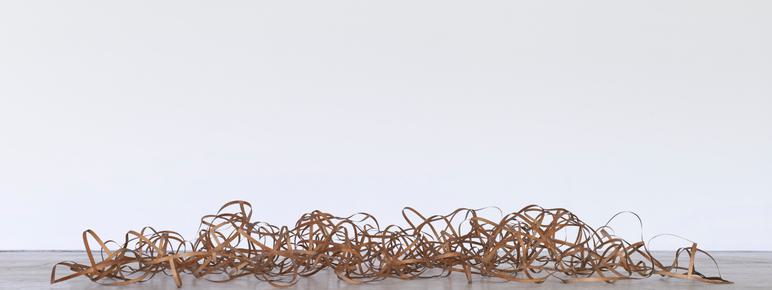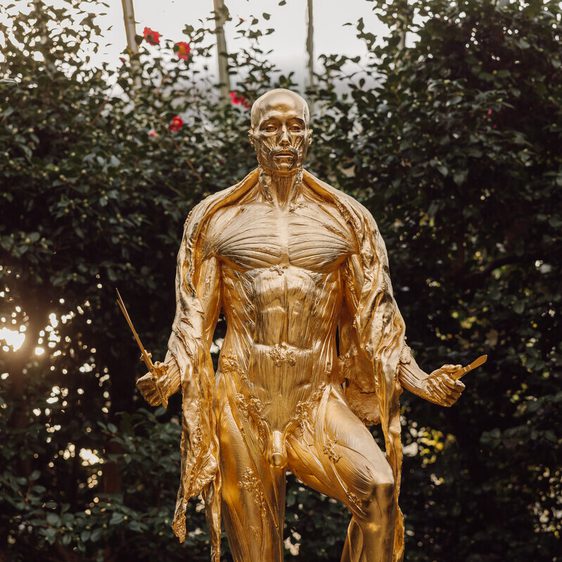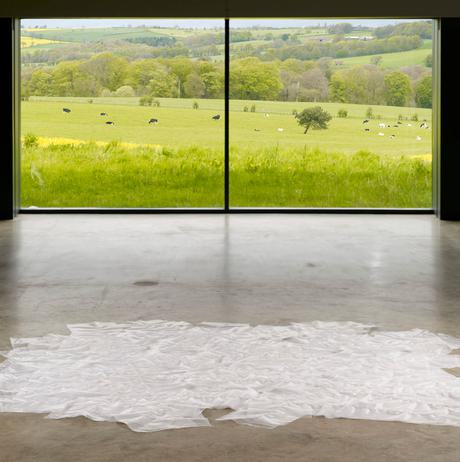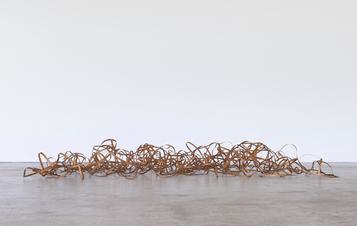
About Garth Evans
An Arts Council Collection exhibition selected by Richard Deacon.
Garth Evans’ practice has largely been defined by the use of geometric, asymmetrical forms and a commitment to simple, everyday materials. One of the generation between Anthony Caro and New British Sculpture, Evans is noted for a body of work that offers a bridge between 1960s modernism and the lyrical experimentation with a broader range of materials that followed in the late 1970s.
This exhibition, which presented the Arts Council Collection’s significant holdings alongside key loans from the artist and UK collections, was selected by Evans’ friend and former student, Richard Deacon and offered a fresh view of a fascinating and diverse practice during an important period of inquiry and development.
Evans studied at the Slade School of Art (1957–60) and during the 1960s he taught in the Sculpture Department at St Martin’s School of Art where Richard Deacon studied under his direction. Having made a radical break with the UK scene in 1979, when he moved to the US, his work became relatively unknown in the UK.
You might also like
More- Art Outdoors

Damien Hirst: The Hat Makes the Man
The Hat Makes the Man is based on a 1920 collage of the same name by the Surrealist artist Max Ernst. Hirst has made a sculpture version with bronze casts of wooden pallets, like a sculptural collage. - Art Outdoors

Jonathan Borofsky: Molecule Man 1+1+1
- Art Outdoors

Kenny Hunter: Bonfire
Kenny Hunter’s work is an examination of popular culture through the legacy of a darker history that continues to shape contemporary life. His work disrupts traditional modes of sculpture presentation by using bronze, which is associated with traditional statues or monuments, in combination with humble or everyday subject matter. This can be seen in the Bonfire works that are in the YSP landscape. - Art Outdoors

Damien Hirst: The Martyr – Saint Bartholomew
The Martyr – Saint Bartholomew depicts the martyred saint who was one of the Twelve Apostles of Jesus. In Hirst’s version he holds scissors and a scalpel to suggest that his torture is self-inflicted.

